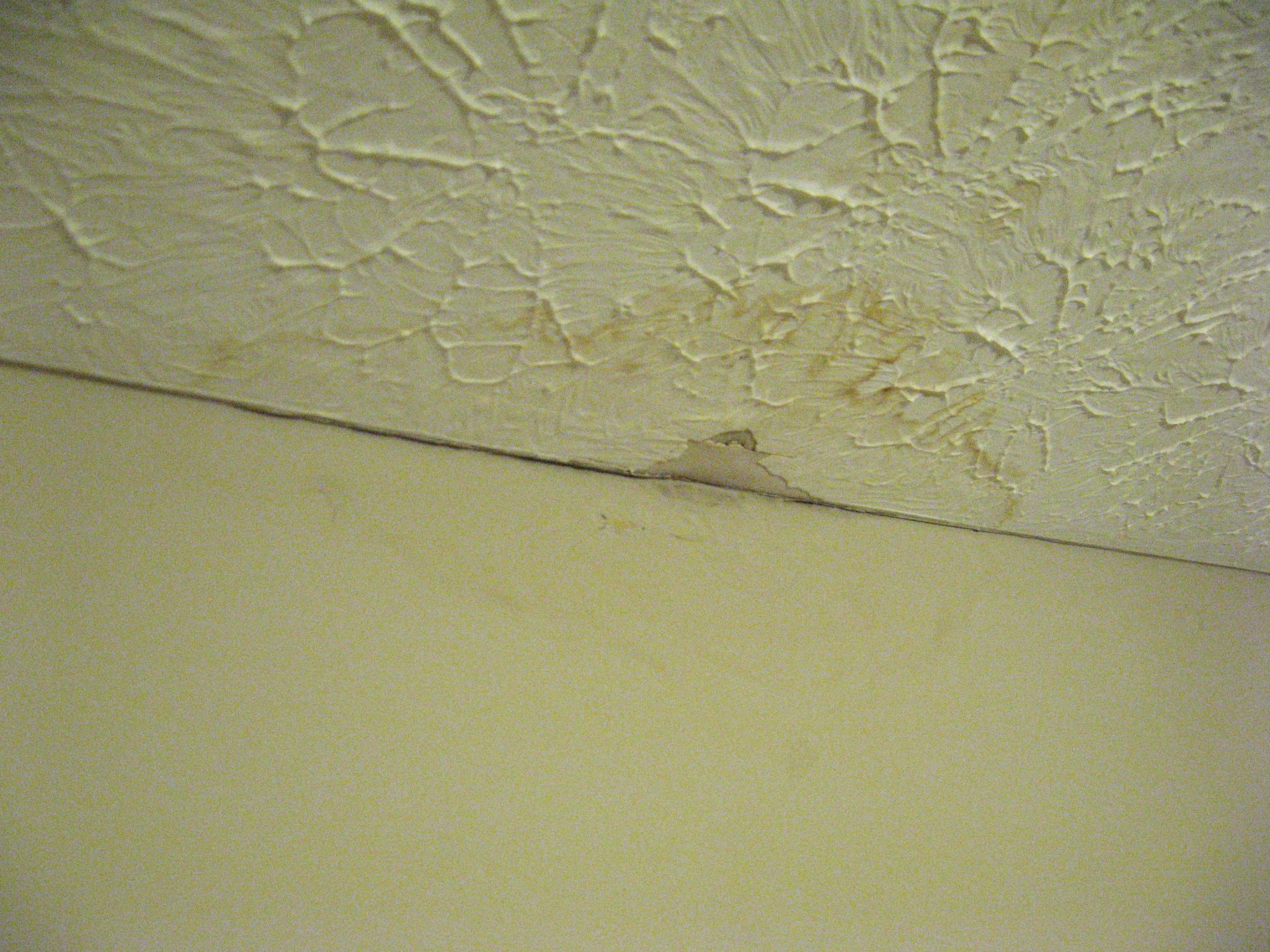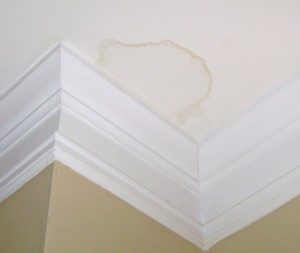Right here in the next paragraph you can find some professional tips concerning How to detect water leaks in your home.

Leaks not only cause waste of water yet can also trigger unnecessary damage to your house and also promote unwanted organic growth. Water leaks might go undetected since most of the pipework in our home is concealed. By looking as well as recognizing for daily circumstances that trigger leaks, you can protect your home from future leaks and also unnecessary damages. Today, we will certainly check out six leakage triggers that may be causing your pipelines to drip.
Elbowing in roots
The majority of water leaks begin outside your home instead of inside it. If you notice an abrupt decrease in water pressure, say in your faucet, take time to head out and analyze your yard. You might see damp spots or sinkholes in your yard, which might suggest that tree roots are invading water lines triggering water to leak out. You can have your plumber look for invasion, especially if you have trees or bushes near your residential property.
Corroded water systems
As time goes by, your plumbing system ages and also corrosion such as rust may begin eating away the pipes. This could be the reason for staining or bending on your water pipes. This asks for an inspection with your plumber promptly. If our plumbing system is old, think about changing the pipes since they are at a greater threat of corrosion than the more recent models.
Faulty Pipe Joints
The point at which your pipelines link is regularly the weakest web link in the waterline. Pipeline joints can deteriorate over time, leading to water leaks. The majority of pipeline joints are not quickly noticeable. If you have loud pipes that make ticking or banging sounds, specifically when the hot water is activated, your pipeline joints are possibly under a lot of stress. It is recommended to have your plumber check your system annually.
Immediate temperature modifications.
Extreme temperature adjustments in our pipelines can trigger them to increase and also acquire unexpectedly. This expansion and contraction might create cracks in the pipes, especially if the temperature are below freezing. It would certainly be best if you watched on exactly how your plumbing works. The visibility of the formerly stated scenarios often indicates a high threat.
Poor Water Connectors
At times, a leakage can be caused by loosened hose pipes and also pipes that provide your home appliances. In instance of a water links leak, you may observe water running directly from the supply line or pools around your appliances.
Blocked Drains
Clogged drains might be annoying as well as inconveniencing, yet they can in some cases wind up causing an overflow causing burst pipes. Maintain removing any type of products that might drop your drains that can obstruct them to prevent such inconveniences.
All the above are sources of leakages yet not all water leakages result from plumbing leaks; some leaks could come from roof leaks. All leaks must be repaired right away to avoid water damages.
Leakages not just cause waste of water but can additionally trigger unneeded damage to your home and advertise undesirable organic growth. By understanding and looking for day-to-day situations that create leakages, you can protect your residence from future leakages as well as unnecessary damages. Today, we will look at 6 leakage causes that may be creating your pipes to leak.
At times, a leak can be created by loose tubes and also pipelines that supply your home appliances. In situation of a water connections leak, you might observe water running directly from the supply line or puddles around your home appliances.
How To Check For Water Leak In Your Home
How To Check for Leaks
The average household's leaks can account for nearly 10,000 gallons of water wasted every year and ten percent of homes have leaks that waste 90 gallons or more per day. Common types of leaks found in the home are worn toilet flappers, dripping faucets, and other leaking valves. These types of leaks are often easy to fix, requiring only a few tools and hardware that can pay for themselves in water savings. Fixing easily corrected household water leaks can save homeowners about 10 percent on their water bills.
To check for leaks in your home, you first need to determine whether you're wasting water and then identify the source of the leak. Here are some tips for finding leaks:
Take a look at your water usage during a colder month, such as January or February. If a family of four exceeds 12,000 gallons per month, there are serious leaks.
Check your water meter before and after a two-hour period when no water is being used. If the meter changes at all, you probably have a leak.
Identify toilet leaks by placing a drop of food coloring in the toilet tank. If any color shows up in the bowl after 10 minutes, you have a leak. (Be sure to flush immediately after the experiment to avoid staining the tank.)
Examine faucet gaskets and pipe fittings for any water on the outside of the pipe to check for surface leaks.
Undetected water leaks can happen without the home or business owner even realizing. If you suspect a water leak, but not able to find the source. It is time to contact a professional water leak detection service, The Leak Doctor.
How To Find a Water Leak In Your Home
https://www.leakdoctor.com/blog/How-To-Check-For-Water-Leak-In-Your-Home_AE197.html

I'm just very focused on Top Causes of Home Water Leaks and I'm hoping you enjoyed the entire page. Sharing is good. You won't know, you may very well be doing someone a favor. Thanks a lot for going through it.
Your solution? Just a ring.